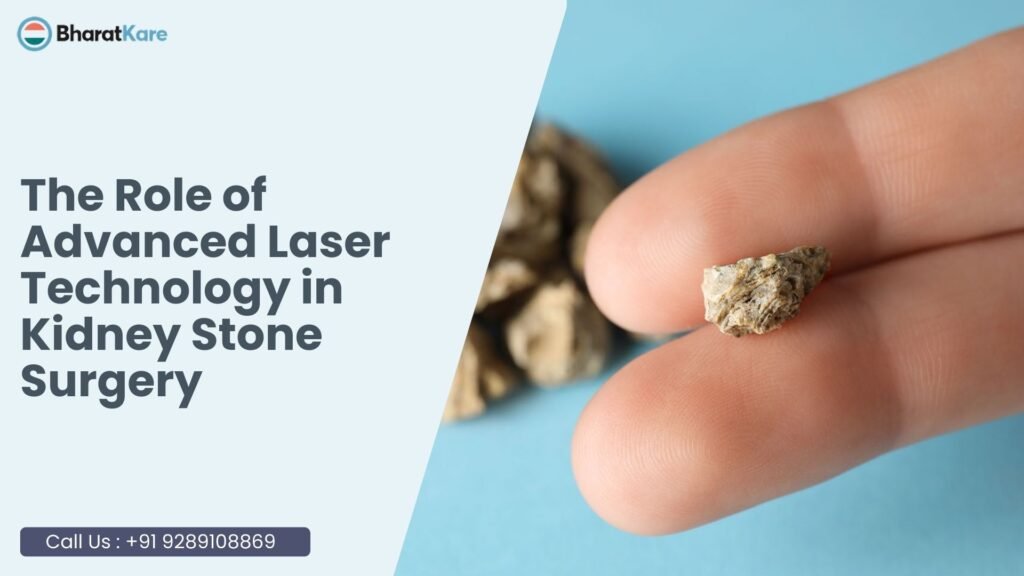Role of Advanced Laser Technology in Kidney Stone Surgery
Home About us Services Proctology Piles Treatment in India Anal Fissure Treatment Anal Fistula Treatment Pilonidal Sinus Surgery Urology Enlarged Prostate Treatment Kidney Stone Laser Treatment Laser Circumcision Treatment Stapler Circumcision Varicocele Surgery General Surgery Diabetic Foot Ulcer Treatment Laparoscopic Hernia Surgery Lipoma Treatment Gallstone Treatment in India Ophthalmology Cataract Surgery LASIK Eye Surgery Gynecology Hymenoplasty Surgery Hysterectomy Treatment Uterine Fibroids Treatment ENT Eardrum Repair Surgery Functional Endoscopic Sinus Surgery Septoplasty Surgery Tonsillectomy Surgery Plastic and Cosmetic Surgery Breast Augmentation Surgery Breast Lift Surgery Breast Reduction Surgery Gynecomastia Surgery Liposuction Treatment Rhinoplasty Surgery Orthopedics ACL Tear Surgery Hip Replacement Surgery Knee Replacement Surgery Vascular Surgery Deep Vein Thrombosis Treatment Laser Treatment for Varicose Veins Oncology Breast Lump Removal Surgery Blogs English Blog Hindi Blog Contact us X Book Free Appointment Role of Advanced Laser Technology in Kidney Stone Surgery Kidney stones are a common yet painful condition that affects millions of people worldwide. These hard deposits of minerals and salts can form in the kidneys and cause severe discomfort, urinary issues, and even complications if left untreated. Fortunately, advancements in medical technology have revolutionized the way kidney stone treatment surgery is performed. Among these innovations, advanced laser technology has emerged as a game-changer, offering patients a safer, more efficient, and less invasive solution. At Bharatkare, we specialize in providing cutting-edge kidney stone laser treatment to ensure the best possible outcomes for our patients. In this blog, we will explore how advanced laser technology is transforming Kidney Stone Surgery, the benefits it offers, and why it has become the preferred choice for both patients and medical professionals. We will also delve into the procedure itself, what patients can expect, and how Bharatkare is leading the way in providing exceptional care for kidney stone patients. Call Us : +91 9289108869 Understanding Kidney Stones and Their Impact Kidney stones are solid masses that form when certain substances in the urine, such as calcium, oxalate, and uric acid, crystallize. These stones can vary in size, from as small as a grain of sand to as large as a golf ball. While smaller stones may pass through the urinary tract on their own, larger stones often require medical intervention. Symptoms of kidney stones include: Severe pain in the back, side, or lower abdomen Blood in the urine Frequent urination Nausea and vomiting Fever and chills (if an infection is present) If left untreated, kidney stones can lead to complications such as urinary tract infections, kidney damage, or even kidney failure. This is why timely and effective kidney stone treatment is crucial. Traditional Methods of Kidney Stone Treatment Before the advent of laser technology, kidney stone treatment surgery relied on traditional methods such as: Extracorporeal Shock Wave Lithotripsy (ESWL): This non-invasive procedure uses shock waves to break kidney stones into smaller pieces, which can then pass through the urinary tract. However, ESWL may not be effective for larger or harder stones. Percutaneous Nephrolithotomy (PCNL): This surgical procedure involves making a small incision in the back to remove large kidney stones. While effective, PCNL is more invasive and requires a longer recovery time. Ureteroscopy: A thin scope is inserted into the urinary tract to locate and remove stones. While less invasive than PCNL, ureteroscopy may not be suitable for all types of stones. While these methods have been successful in treating kidney stones, they often come with limitations such as longer recovery times, higher risk of complications, and the need for multiple procedures. The Rise of Advanced Laser Technology in Kidney Stone Surgery Advanced laser technology has transformed the field of kidney stone treatment surgery, offering a more precise, efficient, and patient-friendly alternative to traditional methods. At Bharatkare, we utilize state-of-the-art laser systems to provide the best possible care for our patients. How Laser Technology Works Laser technology for kidney stone treatment involves the use of high-energy laser beams to break down stones into tiny fragments. The procedure, known as laser lithotripsy, is typically performed using a ureteroscope—a thin, flexible tube equipped with a camera and laser fiber. The ureteroscope is inserted into the urinary tract, allowing the surgeon to visualize the stone and deliver precise laser energy to disintegrate it. The most commonly used laser for this purpose is the Holmium: YAG laser, which is highly effective at breaking down even the hardest stones, including calcium oxalate and uric acid stones. Benefits of Laser Technology in Kidney Stone Treatment The use of advanced laser technology in kidney stone treatment surgery offers numerous advantages: Minimally Invasive: Laser lithotripsy is a minimally invasive procedure that requires no incisions, reducing the risk of complications and speeding up recovery. High Precision: The laser can target stones with pinpoint accuracy, minimizing damage to surrounding tissues. Versatility: Laser technology can be used to treat stones of all sizes and types, including those located in hard-to-reach areas. Reduced Pain and Discomfort: Patients experience less pain and discomfort compared to traditional surgical methods. Faster Recovery: Most patients can resume their normal activities within a few days after the procedure. Lower Risk of Recurrence: Laser lithotripsy effectively breaks down stones into tiny fragments, reducing the likelihood of stone recurrence. The Laser Lithotripsy Procedure: What to Expect If you are considering kidney stone laser treatment, it is natural to have questions about the procedure. Here is a step-by-step overview of what to expect: Pre-Procedure Preparation: Your doctor will conduct a thorough evaluation, including imaging tests, to determine the size, location, and type of kidney stone. You may be advised to avoid food and drink for a few hours before the procedure. Anesthesia: Laser lithotripsy is performed under general or spinal anesthesia to ensure your comfort throughout the procedure. Insertion of the Ureteroscope: The surgeon inserts the ureteroscope through the urethra and bladder to reach the stone. Laser Fragmentation: Once the stone is located, the laser fiber is used to deliver energy and break the stone into small pieces. Removal of Fragments: The tiny stone fragments are either removed using a special tool or allowed to pass




